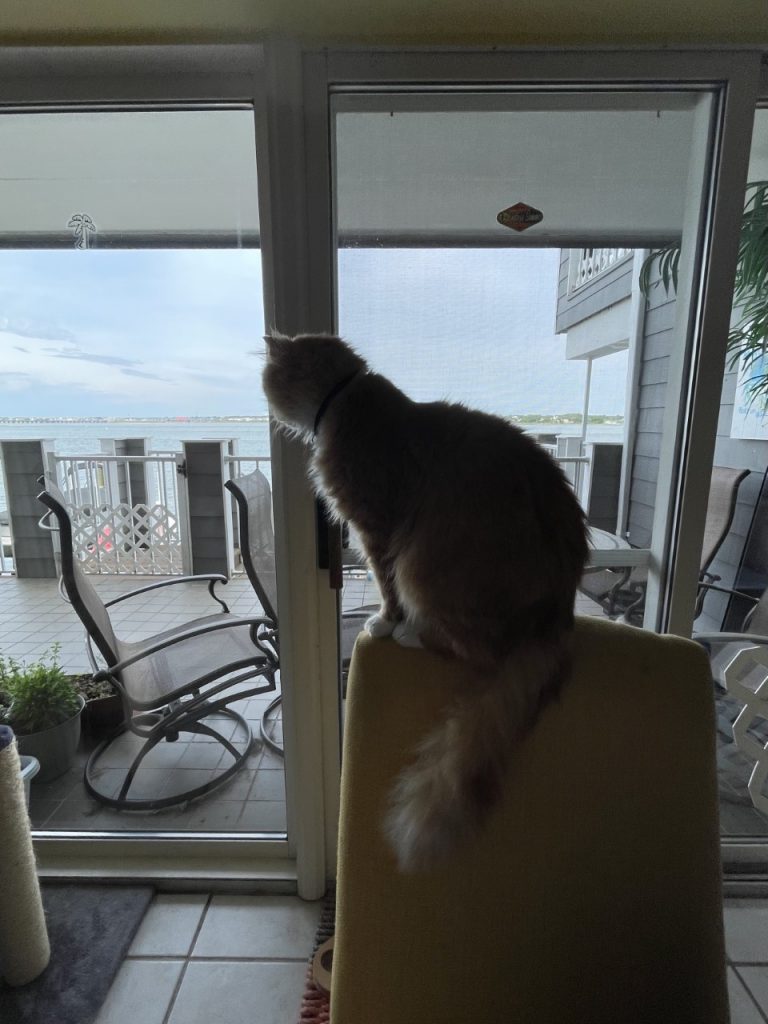This summer I chose to take on two fellowships. Although this has proven to be a tremendous amount of work, I am learning so much and the experience has been very fulfilling thus far. Because of the pandemic, I am currently writing this from my ‘office…’ also known as my dining room table in Ocean City, Maryland. The best part about this office is the close proximity to the refrigerator, coffee maker, and the cat and two dogs that come with it.
My first project is with The Nature Conservancy based in the central California branch. The second is across the United States in the Mid-Atlantic region with the Center for the Blue Economy and MARCO. (The Mid Atlantic Regional Council on the Ocean) Oh the beauty of zoom calls and high speed internet…!
Research has been difficult to say the least, as studies from states like Delaware are not necessarily replicable or comparable with those in California. Additionally, these projects are vastly different.
I am fortunate enough to have had the opportunity to craft my own project for TNC. With the help of my mentor, Sydney Chamberlin, and several months of planning, my summer fellowship came to life. I am researching the feasibility of completing a blue carbon/ wetland restoration project in the central region of coastal California.
The past four weeks have been filled with TONS of reading…literally. I have been teaching myself about blue carbon sequestration and which ecosystems sequester the greatest amount of carbon. I have also given myself a crash-course on wetland ecology…little did I know this would include several rabbit holes which I have had a tendency to throw myself down. Luckily, my professors at MIIS have helped dig me out! Through their expertise and previous studies on blue carbon in California, I feel like I am making great progress towards my blue carbon portfolio.
I have also had the privilege of meeting several members of TNC’s coastal group that are working on a similar project in Staten Island, California. They are of great help when it comes to narrowing my search for a potential wetland restoration site. I plan on reaching out to several of these experts in these upcoming weeks as I finish the background section of my paper.
On the opposite side of the country, I feel I am making strides with my research as well. Professor Charlie Colgan has tasked me with finding previous blue carbon studies in the Mid-Atlantic region as well as potential blue carbon sequestration rates/hot spots. Because blue carbon is a relatively new concept, data and studies require a lot of digging. There are also several maps that must be ‘layered’ over one another to find the blue carbon sinks. Over the next few weeks I plan on continuing to find studies in New York and Virginia in addition to giving myself a refresher on ArcGIS.




